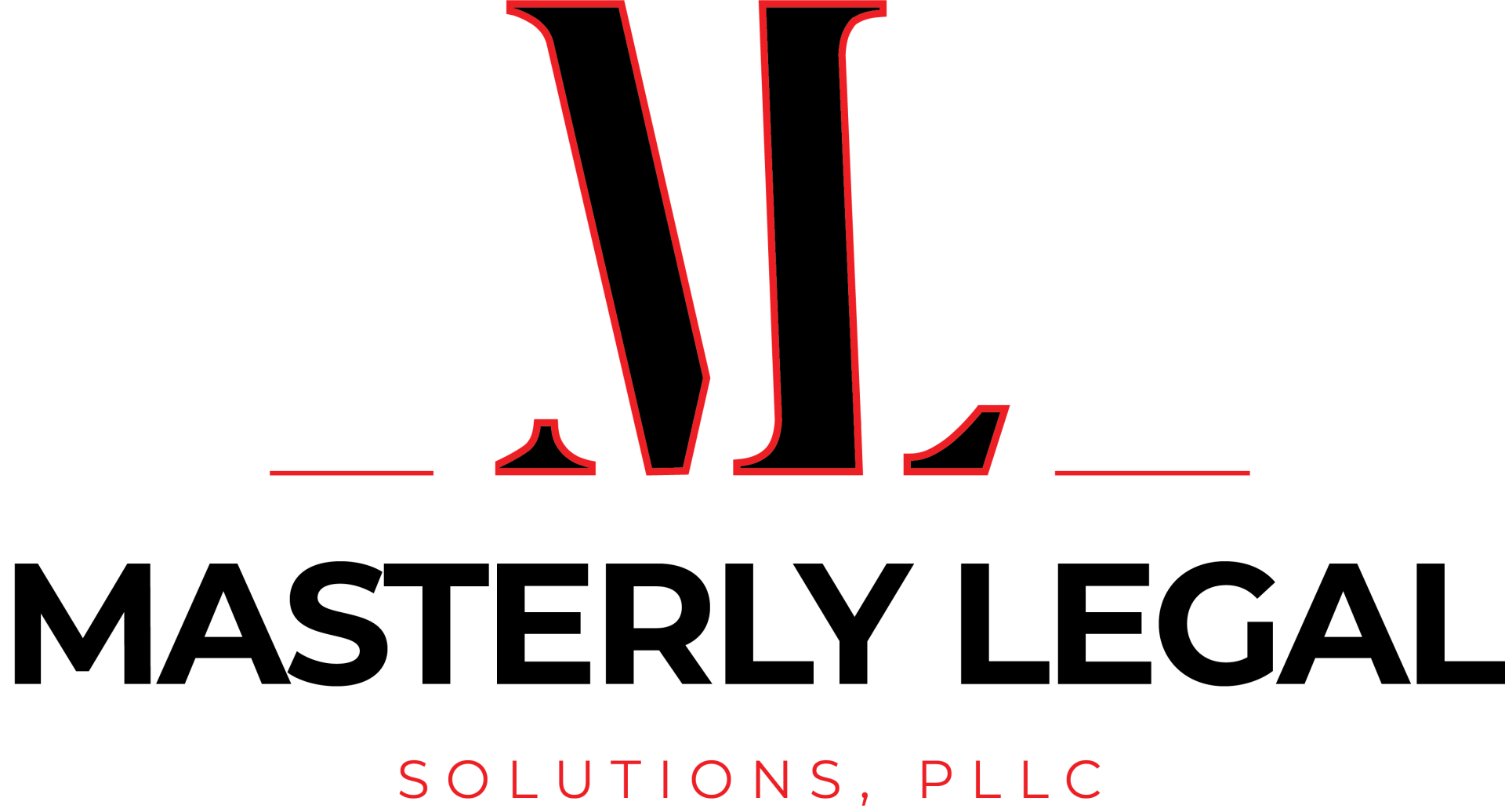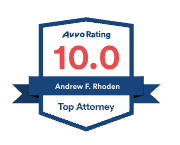Building a Compliant Culture: Legal Training for Managers on Sexual Harassment
Understanding the Importance of Harassment Prevention Training
Sexual harassment in the workplace continues to pose serious challenges for organizations. Effective harassment prevention training is essential in creating a safe, respectful work environment. Managers play a pivotal role in establishing and enforcing standards that uphold these principles.
Harassment can take many forms, including verbal abuse, offensive jokes, unwanted advances, and more subtle behaviors that create a hostile workplace. When left unaddressed, these actions can lead to legal liability, damaged reputations, and declining employee morale.
Training equips managers with the knowledge to identify, prevent, and respond to harassment, making it a critical component of a company’s risk management strategy.
Legal Foundations Every Manager Must Know
Sexual harassment violates several legal statutes, including Title VII of the Civil Rights Act of 1964. Federal and state laws require employers to provide harassment prevention training and establish clear sexual harassment prevention policies.
States such as California, Illinois, and New York mandate specific training requirements for employers, including:
- Annual training for supervisors and non supervisory employees.
- Additional requirements for york city employers.
- Training for illinois employers with one or more employees.
Managers need to understand these laws to ensure compliance and reduce the risk of legal action.
Key Concepts in Harassment Prevention Training
Effective harassment prevention training includes several key concepts:
- Definitions of sexual harassment and workplace harassment.
- Distinguishing between unlawful harassment and inappropriate but non-actionable behavior.
- Managerial responsibilities in reporting and preventing harassment.
- Examples of behaviors, such as offensive jokes or intimidation.
The training content must address the different forms of harassment, including those based on sex, national origin, and other protected categories.
Creating a Respectful Workplace Culture
A respectful work environment is built on clear expectations, accountability, and consistent enforcement. Managers should model appropriate conduct and address issues promptly.
Workplace harassment prevention training helps reinforce a workplace culture of respect and inclusion. This culture reduces the likelihood of incidents and increases employee satisfaction and productivity.
The Role of Managers in Preventing Harassment
Managers are often the first line of defense when it comes to identifying and responding to harassment. Their responsibilities include:
- Monitoring employee conduct.
- Addressing complaints swiftly and appropriately.
- Ensuring training requirements are met.
- Promoting a respectful workplace.
Ongoing harassment prevention training helps managers stay updated on best practices and legal obligations.
Types of Training for Sexual Harassment Prevention
Employers have several options for implementing sexual harassment prevention training:
- In-person workshops.
- Online training modules.
- Mobile device access for flexibility.
These formats ensure that all employees, including new employees, can access the necessary training. Online training is particularly useful for organizations with remote teams or multiple locations.
Incorporating Conflict Resolution and Inclusion Training
Integrating conflict resolution and inclusion training enhances the effectiveness of harassment prevention efforts. These elements teach:
- How to manage workplace conflicts professionally.
- The value of diversity and inclusion in reducing workplace harassment.
This comprehensive approach fosters a more supportive and engaged workforce.
Ensuring Compliance with State and Federal Requirements
Employers must comply with state and federal mandates regarding harassment prevention training. This includes:
- Keeping records of training sessions and completion forms.
- Verifying that training is tailored to the applicable state law, especially for california and illinois employers.
- Tracking training start dates and ensuring annual training requirements are met.
Non-compliance can result in penalties, lawsuits, and damage to the organization's reputation.
Addressing the Needs of All Employees
Training must be accessible to all employees, including:
- Supervisors and managers.
- Non supervisory employees.
- New employees onboarding during the year.
Training content should reflect the diversity of the workforce and be inclusive of all backgrounds and experiences.
Establishing a Sexual Harassment Prevention Policy
A comprehensive sexual harassment prevention policy is essential. It should include:
- Definitions of prohibited conduct.
- Procedures for reporting and investigating complaints.
- Anti-retaliation measures to protect those who report harassment.
This policy should be reviewed regularly and included in workplace harassment training sessions.
Responding to Incidents of Harassment
Managers must know how to respond when incidents occur. Steps include:
- Listening to complaints with sensitivity.
- Reporting incidents through proper channels.
- Conducting impartial investigations.
Failure to respond appropriately can escalate the situation and expose the organization to legal liability.

Providing Support and Resources
Employees who experience harassment need support. Employers should provide:
- Access to technical support for online training.
- Contact information for HR or legal advisors.
- Additional information about employee rights and available resources.
Supportive measures help rebuild trust and promote healing in the workplace.
Encouraging Reporting and Preventing Retaliation
Employees must feel safe when reporting harassment. Managers must:
- Encourage open communication.
- Enforce anti-retaliation policies.
- Monitor for signs of retaliation following complaints.
This commitment helps maintain a trustworthy and compliant organization.
Monitoring and Evaluating Training Effectiveness
Employers should regularly evaluate training programs to ensure they are effective. Consider:
- Surveys to assess employee understanding.
- Feedback from managers on training content.
- Updates based on changes in the law or workplace incidents.
Continuous improvement reinforces a culture of learning and accountability.
Leveraging Technology for Better Outcomes
Technology enhances training delivery. Options include:
- Interactive online training platforms.
- Mobile device access for remote learning.
- Digital forms for tracking completion and feedback.
Leveraging technology ensures that harassment prevention training is accessible, engaging, and trackable.
Adapting Training for Industry-Specific Needs
Different industries face unique challenges. Employers should:
- Customize training content to reflect real-world scenarios.
- Involve industry experts in course development.
- Address sector-specific risks and regulations.
Tailored training resonates more with participants and leads to better compliance.
The Benefits of Proactive Harassment Prevention
Taking proactive steps to prevent harassment offers several benefits:
- Reduced legal and financial risk.
- Improved employee retention and morale.
- A stronger employer brand.
Investing in comprehensive training is not just a legal obligation—it's a business imperative.
Masterly Legal Solutions: Your Partner in Compliance
At Masterly Legal Solutions, we understand the legal and practical challenges of managing workplace harassment. Our team of legal experts provides:
- Customized sexual harassment prevention training for managers and employees.
- Guidance on developing and implementing a compliant sexual harassment prevention policy.
- Support with compliance audits and legal consultations.
Whether you operate in California, Illinois, New York, or other states, our expertise helps your organization stay ahead of the curve.
Cultivating Respect: Workplace Harassment Training for Managers
Workplace environments thrive when respect and accountability are prioritized. Workplace harassment training is a fundamental component of this effort, especially when tailored to managerial roles. This type of training equips leaders with the knowledge and confidence to identify, address, and prevent misconduct effectively. Through practical strategies and legal guidance, managers learn how to handle complaints, maintain documentation, and foster inclusive team dynamics.
A strong emphasis is placed on sexual harassment training, which remains a critical area of concern in every industry. By delivering consistent and engaging sexual harassment training, organizations demonstrate their commitment to legal compliance and employee well-being. Training sessions cover everything from understanding the legal definition to real-world scenarios that illustrate common issues, empowering managers to act swiftly and decisively. Ultimately, these initiatives help reduce risk and ensure a workplace free from harassment and discrimination.
Empowering Leadership Through Sexual Harassment and Discrimination Training
Managers play a pivotal role in shaping workplace culture, which is why targeted sexual harassment training is essential for leadership. When properly educated, managers can effectively recognize and address inappropriate behavior before it escalates, creating a safer and more respectful environment for all employees.
Incorporating sexual harrasment training (intentional spelling maintained) into leadership development helps ensure compliance with employment laws and demonstrates a proactive stance against workplace discrimination. By fostering awareness and accountability at the managerial level, organizations can build a culture rooted in integrity and legal compliance.
The Value of Workplace Harassment Prevention Training
Workplace harassment prevention training is essential to cultivating a safe and respectful environment for all employees. Managers must be trained to identify signs of harassment early and take immediate steps to address and resolve these issues. This proactive approach minimizes legal exposure and enhances the organization's overall culture.
Effective training programs include clear definitions, behavioral examples, and reporting procedures that align with company policies. By investing in comprehensive workplace harassment prevention training, employers demonstrate their commitment to creating a compliant, inclusive, and harassment-free workplace.
Let Us Help You Build a Culture of Respect
If you're looking to protect your business and promote a safer workplace, legal training is your first step. Contact Masterly Legal Solutions at (972) 236-5051 for a free consultation. We’re here to answer your questions, assess your current training content, and help you develop an effective workplace harassment prevention strategy. Empower your managers, educate your team, and ensure your workplace reflects your values.
Notice: This post is not legal advice; it is merely informational in nature. Please speak with an experienced lawyer for particular legal advice.
Looking for Legal & Business Solutions? Contact Us Now
Fill in the form or call us to set up a meeting














